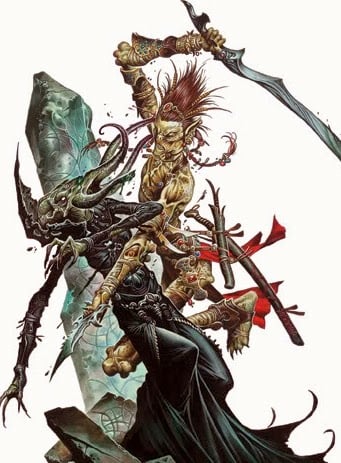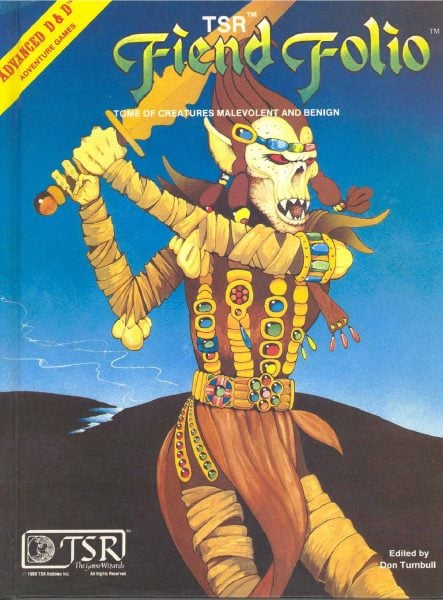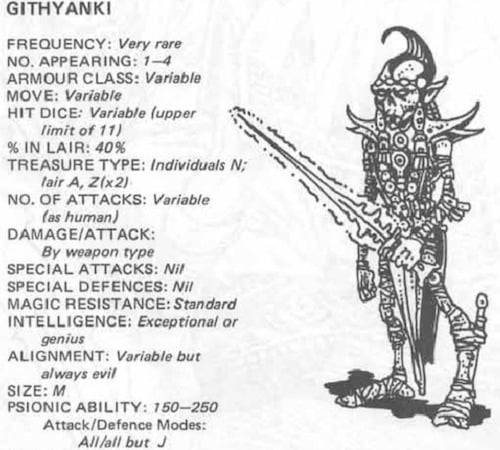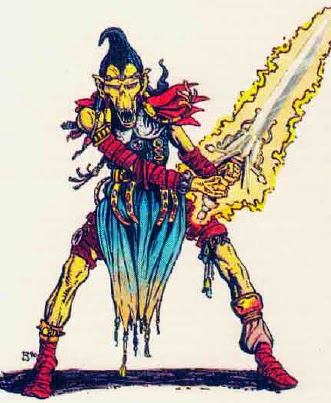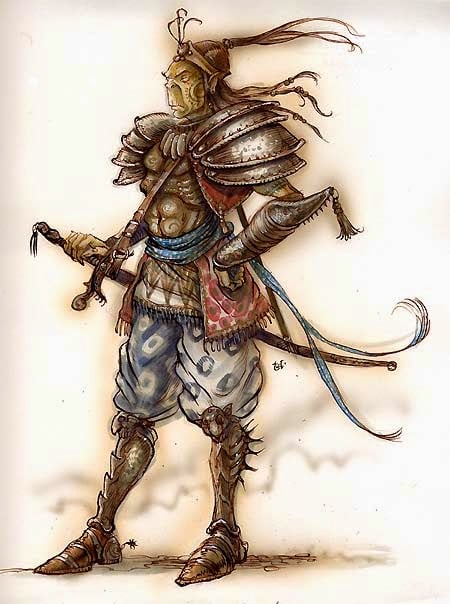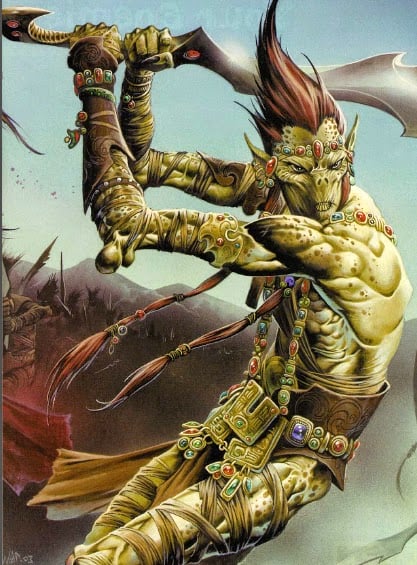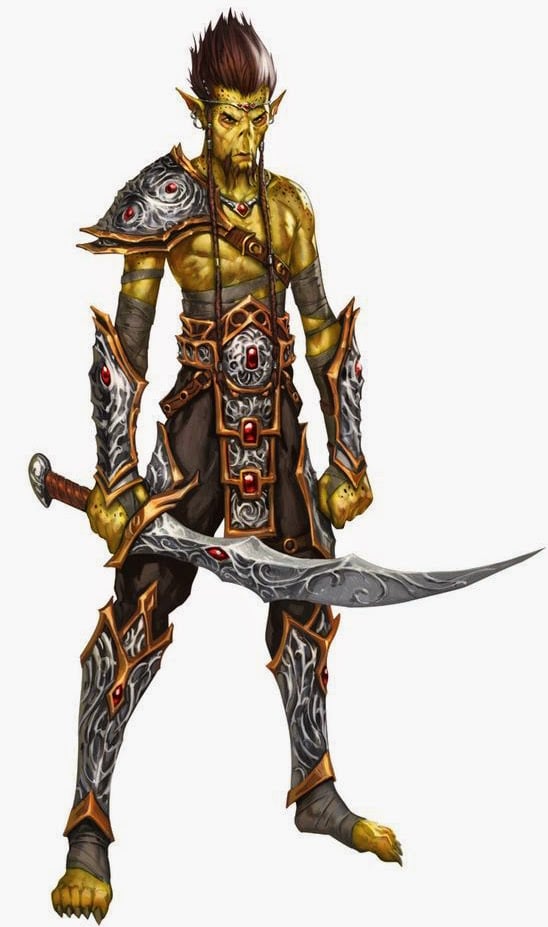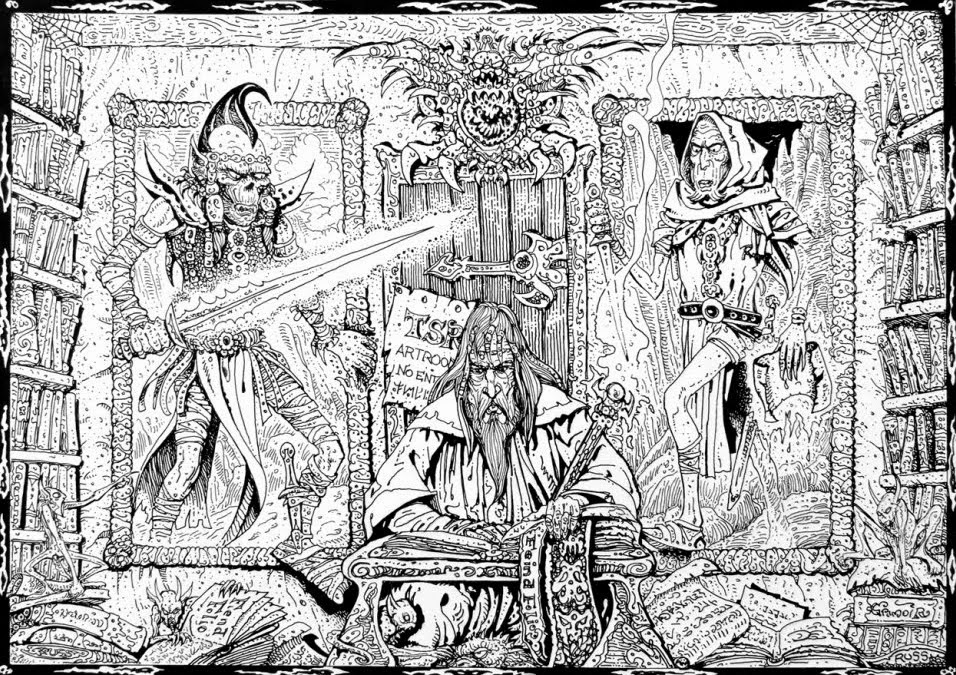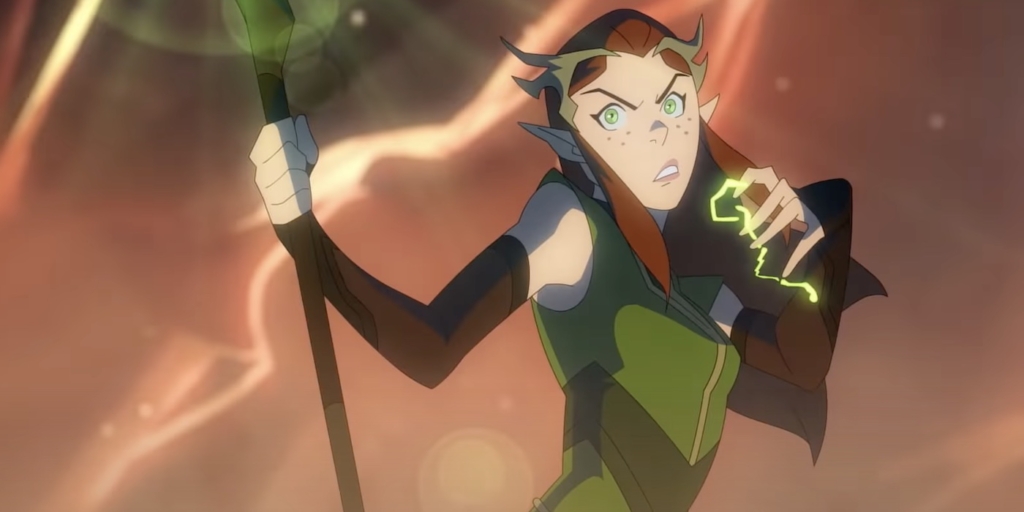D&D Monster Spotlight: Githyanki
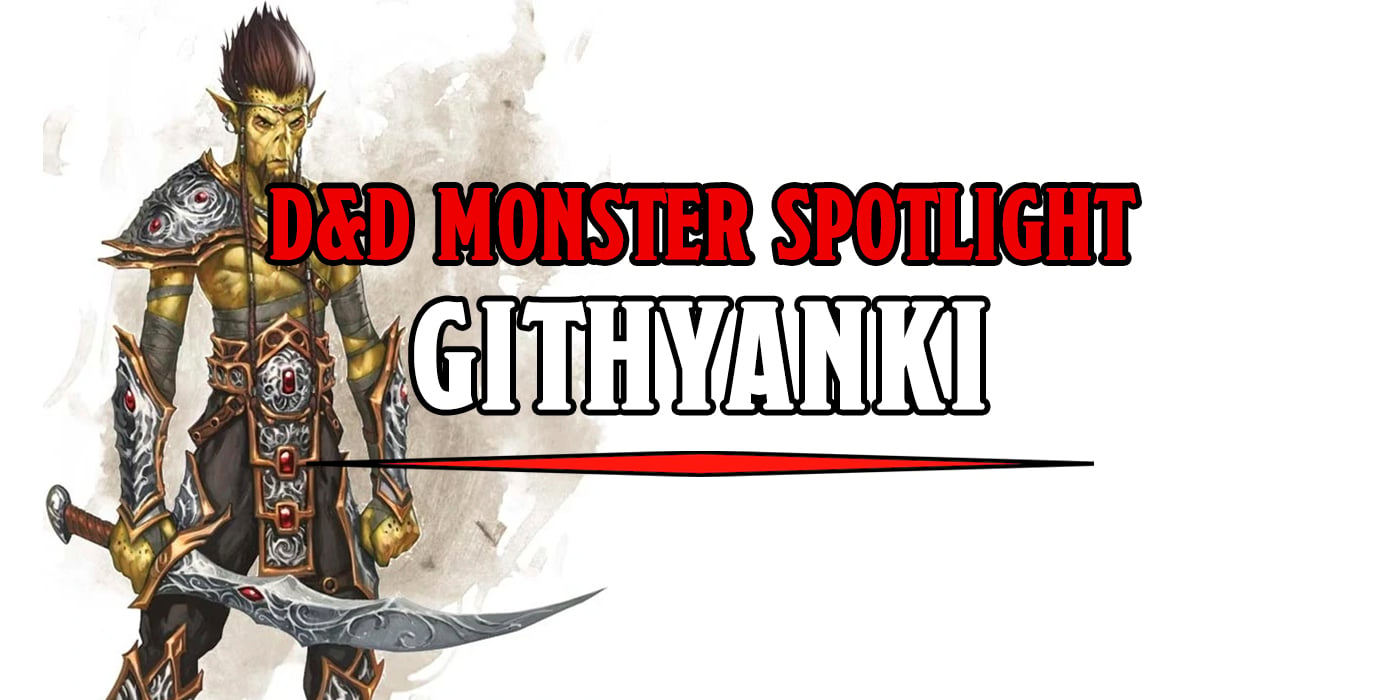

Today we visit everyone’s favorite astral carpetbaggers, traders, and doodle dandies…the Yankees of Gith. Oops, wait– the D&D Githyanki.
That’s right friends. This time we’re boarding an astral barge and setting out into the great silvery void between planes as we go in search of the only beings who routinely wield swords so sharp they can cut your soul from your body without going through all that fleshy business in between and the originators of one of the iconic multiclass types of all times. This week we put the Githyanki in the spotlight.
Here is a Githyanki making friends with a Mind Flayer.
Who are the Githyanki?
Githyanki are a race of astral raiders. Imbued with psionic power, and carrying their famed silver-swords, the Githyanki have worked their way into D&D legend. They predate the game itself–first appearing in a 1977 novel by George R. R. Martin before he became known for writing that world-famous series we’ve all silently agreed to never speak of again.
I mean to be fair, it is a pretty cool concept…
They originally appeared as a long-dead race in his novel The Dying Light, where they are a nearly-extinct race, only mentioned in passing. But a young Charles Stross (who also created the Slaad) takes the name and runs with it, publishing them in White Dwarf #12, where they were subsequently collected into the Fiend Folio.
Into…onto…same difference.
And what’s not to love about the Githyanki? They’re a race of “evil humanoids” who were conquered by the Illithid milennia ago. In secret, they built up their strength under the guidance of their supreme leader, Gith. They throw off the Mind Flayers’ yoke, but it is a bloody, violent rebellion that earns them a reputation for being powerful psionicists and and deadly fighters. After all, they’re the ones who defeated the mind flayers.
They then escape to the astral plane, where they set up shop in great astral fortresses. From there, they launch raids against their former oppressors as well as humans. And they worship an incredibly powerful Lich Queen (rumored to be 24th level). They have most of their hallmarks in this edition including the famed silver swords, which have a 20% chance to kill a target if used astrally. More impactful though, is the breakdown of how Githyanki are encountered–a great number of them are fighter/magic users called ‘gish.’ So iconic was this combo that multiclass fighter/wizards (or really any kind of spellcaster who also fights in melee) are called gish builds today.
First Edition
As you can see, they’re pretty tough. Most would be fighters or magic users of some kind, with a smaller number advancing as gish or taking on some other specialization. That’s one of the neat things about the Githyanki–they come with so much detail. Charles Stross knows who they are–and as a result, their character is so clear. The design of the monster comes with built-in narrative mechanics that make it easy to know where they fit in the game, and how you could use them in your own campaign.
Second Edition
Second Edition D&D Githyanki get some of that sweet ’90s comic art. This one in particular is a Psylocke fan. But aside from the art “upgrade” the Githyanki aren’t too different from their earlier counterparts. At least until Planescape…
That setting did so much for D&D–and the Githyanki are no different. Through Planescape we get a much better idea of who the Githyanki are, and what their goals are. And not just combat ones either, they detail the life of “farmer” Githyanki and talk about the craft of Githyanki artisans. They were given a more restrained look, truly reflecting their nature as astral sailors and raiders.
Third Edition
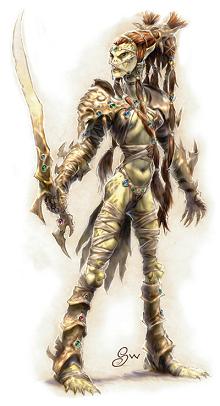 Ah, 3rd edition. The reason that most Githyanki are still influential on the game today. Not because they were wildly different in 3rd edition- the Githyanki began ahead of the curve with the amount of detail. But because the gish build really rose to popularity in this edition. It made sense too–multiclassing was the easiest it had ever been.
Ah, 3rd edition. The reason that most Githyanki are still influential on the game today. Not because they were wildly different in 3rd edition- the Githyanki began ahead of the curve with the amount of detail. But because the gish build really rose to popularity in this edition. It made sense too–multiclassing was the easiest it had ever been.
You didn’t have to abide by the archaic restrictions from earlier editions–everyone was using the same set of rules. All you did was decide, “hey, I’m taking my next level as a wizard” or whatever, and it was done. From there, the rest is history. Ppeople will always strive to build a better mousetrap- and with the gish, there was a sense of trying to figure out how to keep the most of everything from each of the classes. Whether it was spacing out your fighter levels so that you could keep your base attack bonus high, or picking up some terribly unbalanced prestige class from one of the later supplements to try and get a few more levels of spell progression…
I think it’s fair to say, without the D&D Githyanki you wouldn’t see classes like the Eldritch Knight or the Bladesinger or the Spellsword. Even the Arcane Rogue owes its existence to the gish. Funnily enough in 3rd Edition, they are at their least psionic, with good old spells and spell-like abilities filling in for actual psychic powers. Which, don’t get me wrong, still effective.
Fourth Edition
Then along came 4th Edition. It’s funny–since their inception the D&D Githyanki were always encountered in varieties. Whether running into gish or anti-paladin Githyanki, they had their own unique way of fighting. So no two encounters with the Githyanki were ever the same. They were perhaps one of the most 4th Edition monsters to ever come out of 4th Edition.
They were meant for the variety of 4E. Seeing how they were split into sniper types, fighters, and those who wielded psychic power, it just makes sense to include at least one variety of Githyanki capable of doing all those things. And so they did, with one group of Githyanki able to fill out the requirements for any party of adventurers. They had strikers, leaders, and artillery–and that’s just in the monster manual by itself.
Fifth Edition
Finally we come to 5th Edition Githyanki. They return a little bit to their 2nd Edition roots- which is to say they lose the variety of attacks granted to them through 4th Edition’s power-based system. Though the Githyanki are still fairly versatile as far as monsters go. The Silver sword’s effectiveness has changed, and their psionics are spells (which is fine). So they’re a lot more streamlined and easy to use.
But that’s how the Githyanki have always been. They came into D&D with a great deal of heft to them. They had rules that supported the narrative elements to their design- so whether you just wanted something flexible to challenge your PCs, or you wanted to dig into the vaguely sci-fi/fantasy backstory of the Githyanki and their astral fleets, you could.
Still… no mention of the Githyanki would be complete without at least drawing attention to their mortal enemies. No, not the mind flayers. Their other mortal enemies… those who spurn Gith, the Githzerai…
If ever there were opposing forces in the D&D world- these two races are at once similar to each other, but details on their feud will have to wait until next time, adventurers.
Until then, make sure your silver cord doesn’t get tangled up in anything–you wouldn’t want to accidentally trip our guests…

